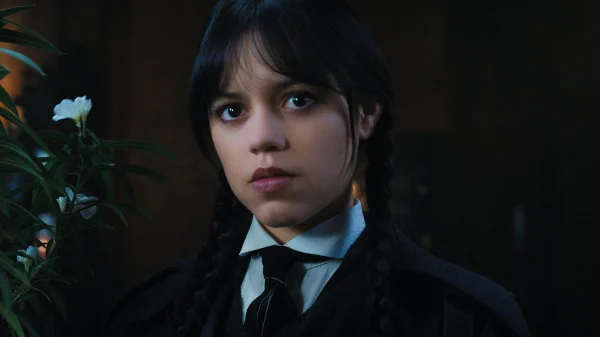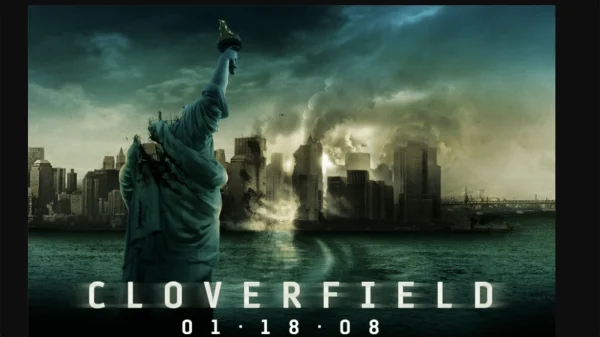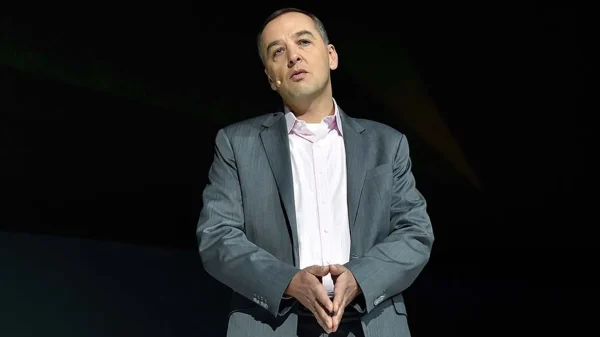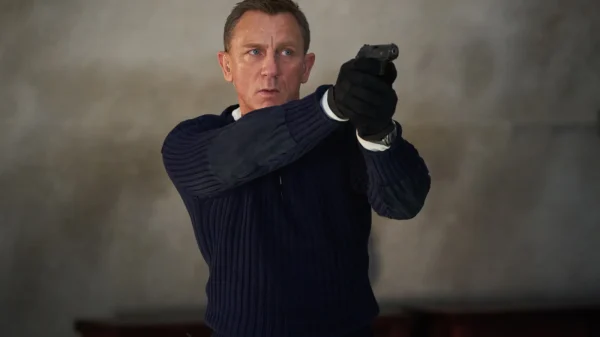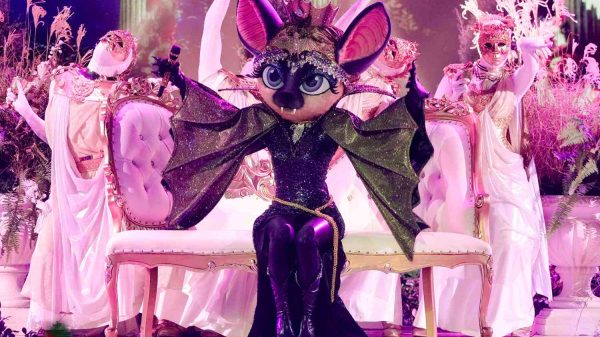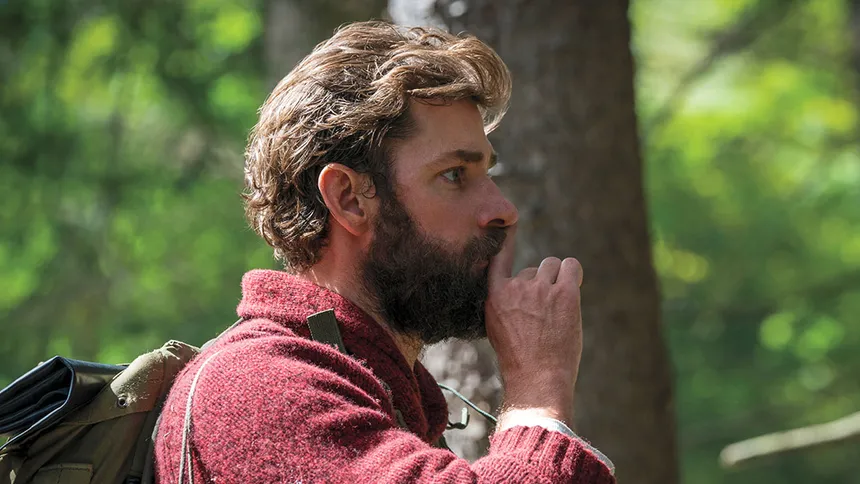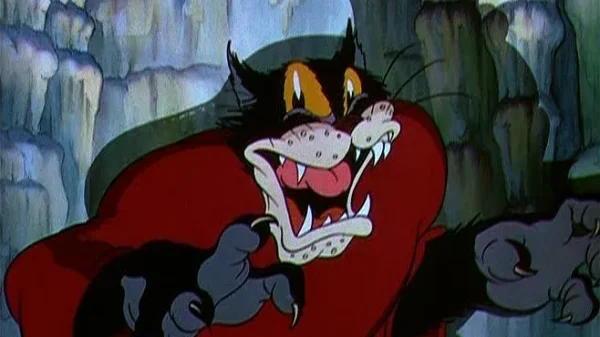The concept of silence in horror films is a powerful tool that can create a more immersive and terrifying experience for the audience. While dialogue is a fundamental element of storytelling, excessive use of words can lead to predictability and boredom. On the other hand, the absence of dialogue can create a sense of tension and uncertainty, making the viewer feel uneasy and scared.
The early days of horror films often relied on the power of silence to create a chilling atmosphere. The Cabinet of Dr. Caligari, a 1920 silent film, is considered one of the earliest true horror films, using minimal dialogue to weave its tale. Similarly, the 1922 film Nosferatu, directed by F.W. Murnau, uses shadows, lighting, and camera angles to create a haunting and unsettling atmosphere.
Modern horror films have also experimented with the use of silence to create a more immersive experience. Films like A Quiet Place and Hush use silence to build tension and fear, with A Quiet Place in particular using silence to heighten the stakes for the characters, creating a sense of urgency and desperation. The film’s use of silence allows the audience to feel like they are right there with the characters, experiencing the same fear and uncertainty.

A Still From The Cabinet of Dr. Caligari (Via IMDB)
The use of silence in horror films can also be used to create a sense of isolation and loneliness. The film Under the Skin, directed by Jonathan Glazer, uses silence to create a sense of discomfort and unease. The film’s use of minimal dialogue and haunting visuals creates a sense of isolation and loneliness, making the audience feel like they are the last person on Earth.
In contrast, many modern horror films rely too heavily on dialogue, using it to explain and overexplain the plot and themes. This can lead to a sense of predictability and boredom, making the film feel more like a lecture than a thrilling experience. In horror, silence can be a powerful tool, allowing the audience to fill in the blanks and use their imagination to create a more intense and terrifying experience.
Ultimately, the use of silence in horror films is not just about the lack of dialogue, but about creating an atmosphere that is both charming and terrifying. Silence can be used to create tension and unease, making the audience feel like they are right there with the characters, experiencing the same fear and uncertainty. It can also be used to create a sense of isolation and loneliness, making the audience feel like they are the last person on Earth.

